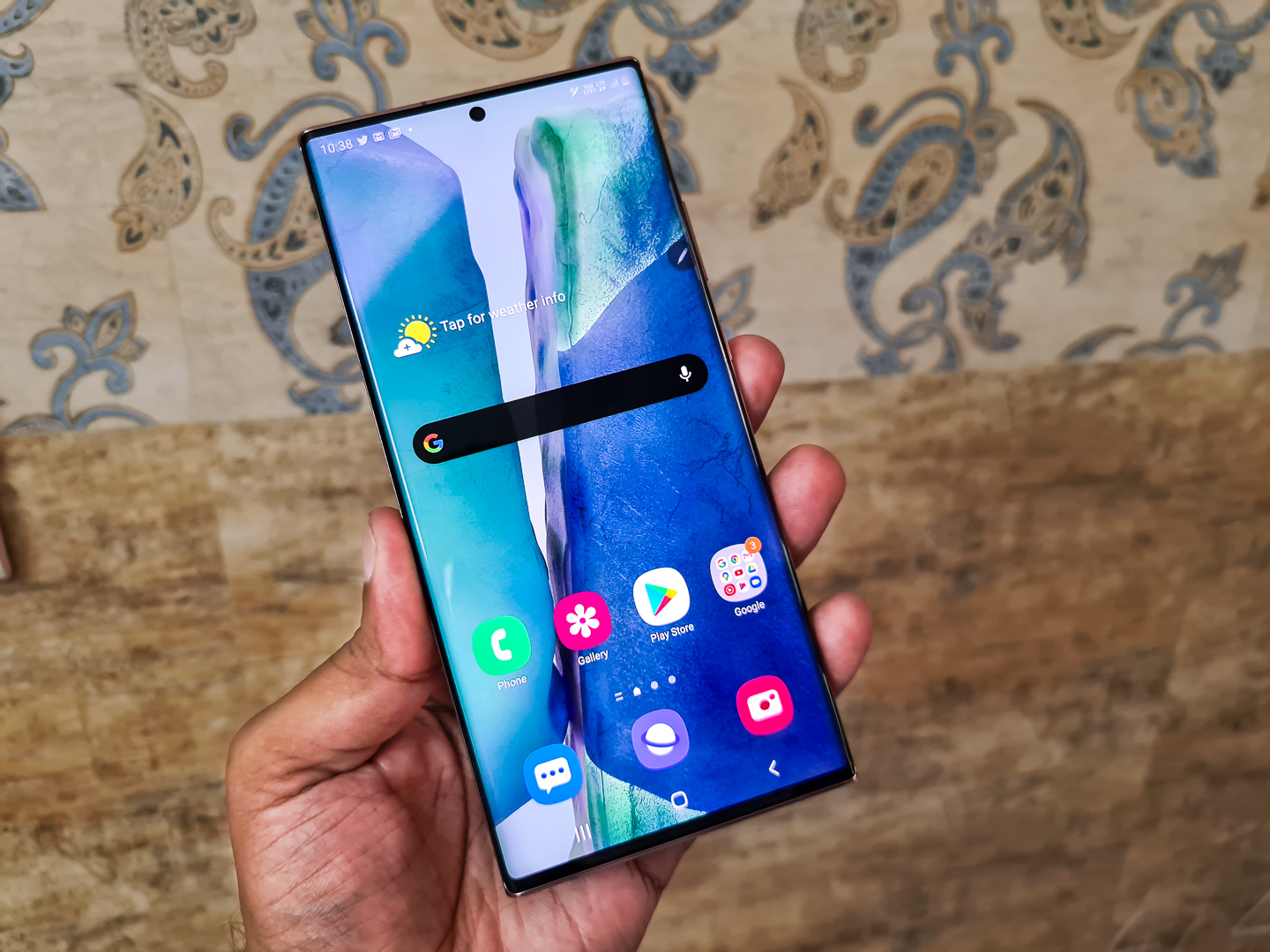Although LTPO tech on a smartphone first came into notice with Samsung Galaxy Note 20 Ultra, lately, we have seen this being adopted by several brands. It brings in several big and small refinements over the traditional technology used for the display.
You may hear it under different names like HOP (hybrid oxide and polycrystalline silicon) or ProMotion. But, it is LTPO, which Apple and Samsung have used on their smartwatches for a couple of years, and is now being used on phones.
Contents:
- What is an LTPO Display? What are its advantages?
- LTPO Vs LTPS vs IGZO: What’s the difference?
- Best phones with LTPO display that support Dynamic Refresh rate
What is an LTPO Display? What are its advantages?
LTPO, which stands for low-temperature polycrystalline oxide, is shaping up to be the next-generation technology for premium phones and wearables. It basically combines LTPS and IGZO for the display backplane. Let us explain.
Every AMOLED display has a backplane that determines when individual pixels turn on and how bright they glow. Most backplanes use two separate transistors (TFTs) – one for switching on a pixel (Switching TFTs) and one for maintaining its brightness (driving TFTs). The Driving TFT is also accompanied by a Capacitor that samples and holds a voltage to uniformly drive a pixel brightness.
LTPO displays use faster LTPS for switching circuits and more power-efficient IGZO material for driving circuits (more on that in a bit). Faster LTPS switching circuits make dynamically changing refresh rates possible (VRR on phones) and power-efficient IGZO driving TFTs help to reduce power consumption by 5 to 20 percent.
This is how Apple could implement a workable Always-on mode on Apple Watches that pushes very few frames in static mode and helps conserve battery.
Thus LTPO displays combine the benefits of both IGZO and LTPS backplanes. These displays can quickly switch between different refresh rates in a power-efficient manner and thus make VRR possible. LTPO panels can reduce power consumption by 5 to 20 percent.
LTPO technology is applicable to both LCD and AMOLED panels, but it will most likely be developed only for high-end AMOLED display phones.
Also Read: Why do high refresh rate displays draw excessive battery?
LTPO Vs LTPS vs IGZO: What’s the difference?
As described above, each AMOLED pixel comprises of two Thin Film Transistors (TFT)- Driving TFT and Switching TFT- and one Capacitor. In an LTPO display, the switching circuits use LTPS TFT and driving circuits use IGZO TFT.
Amorphous Silicon (a-Si) TFT technology used to be dominant for display backplanes. With a need for high resolution and brighter screens, the industry shifted to LTPS TFT backplanes (for both OLED and LCD), and then the need for higher resolution and high-refresh-rate brought in more complicated IGZO TFT (Oxide TFT) panels.
LTPS (Low-temperature polycrystalline silicon) backplanes have higher electron mobility and thus can turn pixels on/off faster. Or transistor size can be reduced and more transistors can now be added within the same space, thus resulting in more pixels or higher resolution. However, along with faster mobility, LTPS panels also have higher leakage.
IGZO (indium gallium zinc oxide) backplane technology or transistors used in backplanes that are often used for IPS LCD displays. IGZO transistors are transparent and thus IGZO backplane displays require less backlight power and consume less power. Electron Mobility of IGZO is as high as LTPS and these displays are more touch-sensitive (we are guessing the use of IGZO in Samsung Galaxy Note20 Ultra’s display plays a major role in reducing S Pen latency to 9ms).
IGZO, however, has some disadvantages. The uniformity of electron mobility is less than LTPS.
So, the LTPO display combines the benefits of both LTPS and IGZO resulting in a more responsive screen that consumers lesser power than conventional LTPS screens. As stated above, in LTPO panels, the switching circuits use LTPS TFTs and the driving TFTs use IGZO materials.
What? Don’t current phones already have variable refresh rate displays?
As we discussed a while back, phones don’t have a true variable refresh rate. The biggest power draw in current high refresh rate phones are the display panel and display driver ICs.
Most modern phones keep refreshing at set frequencies or switching between different frequency presets even while displaying static content. DDICs working this way have to work harder and naturally waste more power.
Android phones like ROG Phone 3, OnePlus 8 Pro, and Galaxy S20 do have variable or adaptive refresh rate modes implemented on a software level. In such modes, the displays can change refresh rate but only to certain predefined settings – 720@60Hz, 1080@60hz, 1080@90Hz, etc.
The Galaxy Note 20 Ultra, on the other hand, brought in a true variable refresh rate. The display refresh could be as low as 10Hz while reading articles or vary from 30 to 120Hz while playing games.
The true variable refresh rate will help save power, and we look forward to seeing it in most phones.
List of best phones with Dynamic Refresh rate Displays or LTPO Displays
The list is currently quite short, but we will add more phones as they surface.
- Samsung Galaxy Z Fold 3
- Samsung Galaxy Z Flip 3
- iPhone 13 Pro Max
- Samsung Galaxy Note20 Ultra
- Samsung Galaxy S21+ Ultra
- Oppo Find X3 Pro
- OnePlus 10 Pro
- Google Pixel 6 Pro
- Mi 12 (Upcoming)

samsung s22 ultra
Doesn’t the POCO F3 have LTPO display?
nope
tell me price